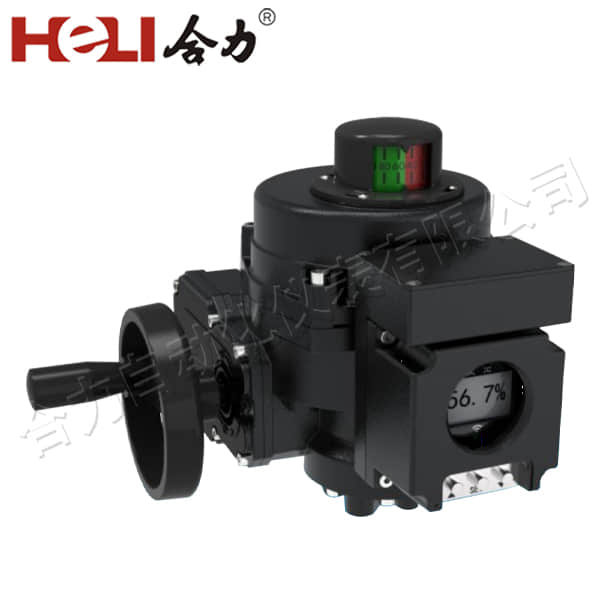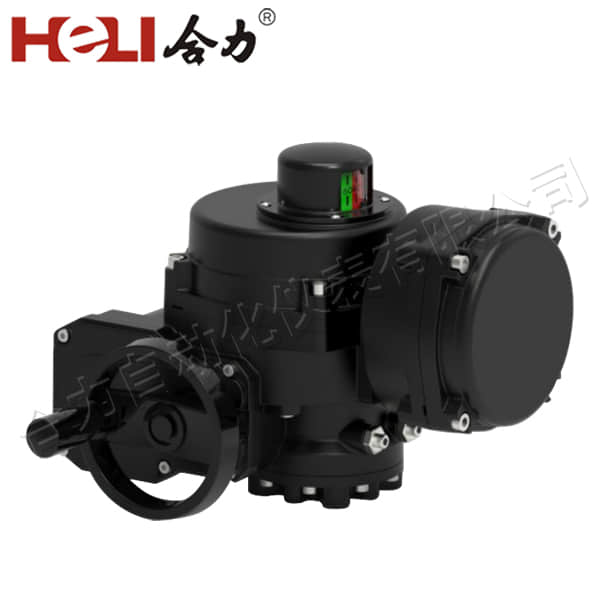
Electric actuators are pivotal components in the world of automation, transforming electrical energy into mechanical motion. These devices play an essential role across various industries, including manufacturing, robotics, and automotive sectors, due to their efficiency, precision, and versatility. By delving into the working principles, advantages, and applications of electric actuators, we can appreciate their ultimate impact on modern technology.

At their core, electric actuators convert electrical energy into motion. They typically consist of an electric motor, a gearbox, and a mechanical output that performs the desired action. The electric motor drives the actuator, which can be linear or rotary, depending on the application. Linear actuators move in a straight line, while rotary actuators produce circular motion. This adaptability allows electric actuators to be utilized in a wide range of tasks, from opening valves in piping systems to moving robotic arms in automated assembly lines.

